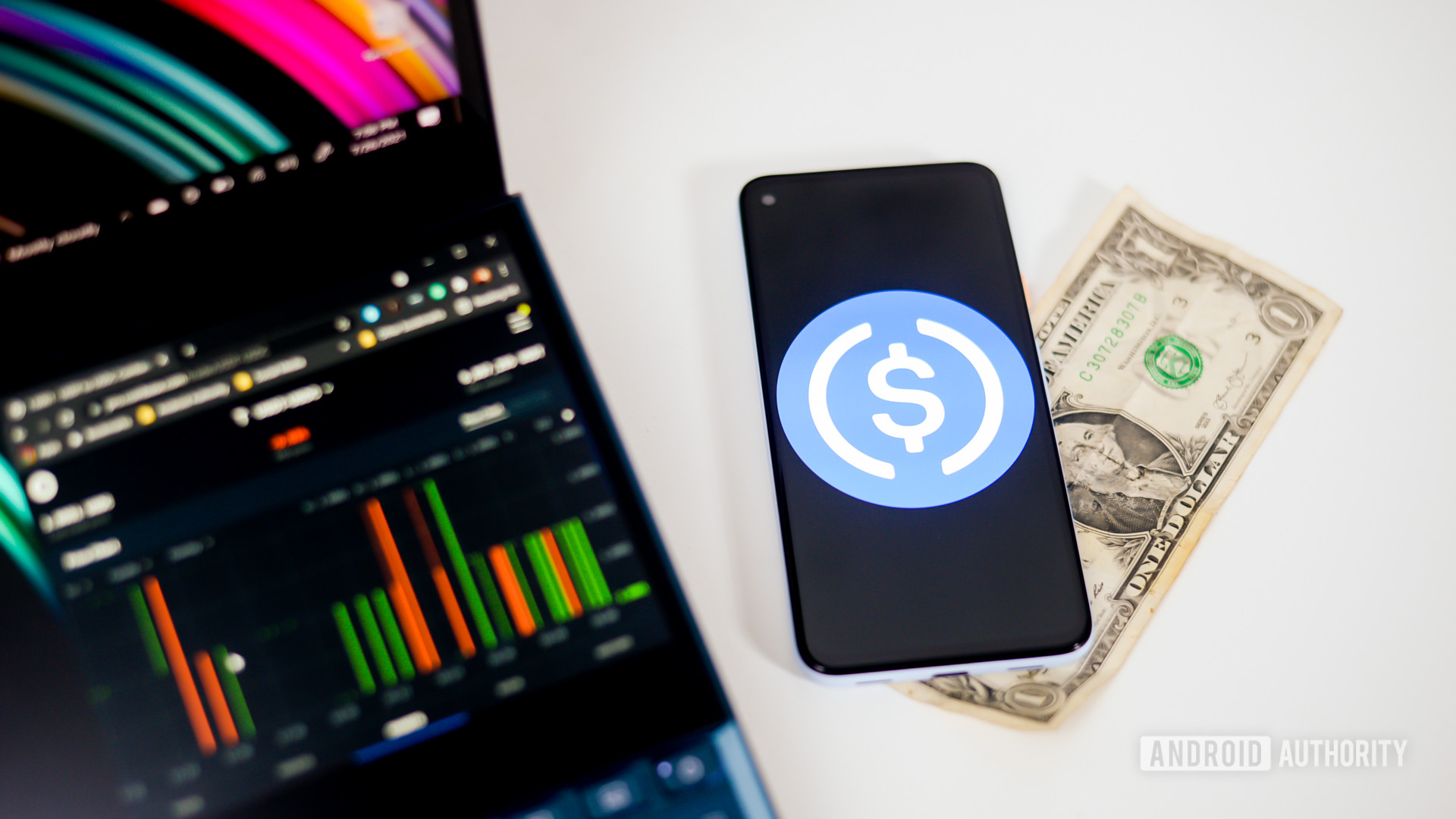
What are stablecoins and which one should you use?
Unlike traditional cryptocurrencies like Bitcoin or Ethereum, stablecoins are linked to an existing asset, like US dollars, euros, or even gold. Stablecoins typically achieve their stability through the backing of a central authority — such as a private company or non-profit organization. It’s easy to see why early adopters of this ecosystem are inherently distrustful of centralized stablecoins such as Tether. While other stablecoins may maintain a 1:1 parity with underlying assets, Dai requires higher deposits than the amount it issues. True USD (TUSD) True USD was one of the first stablecoins to try and achieve regulatory compliance.
Source: The Nation January 05, 2022 07:13 UTC



